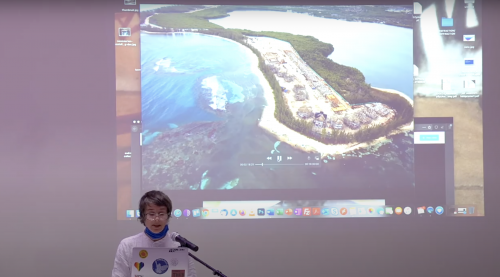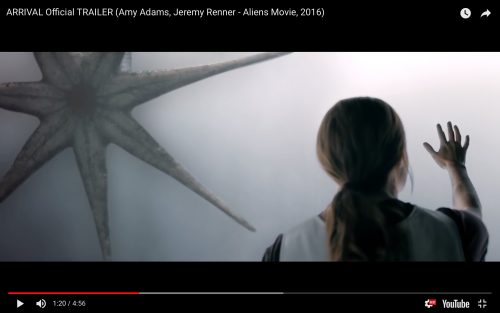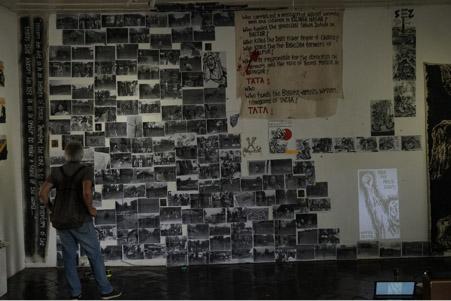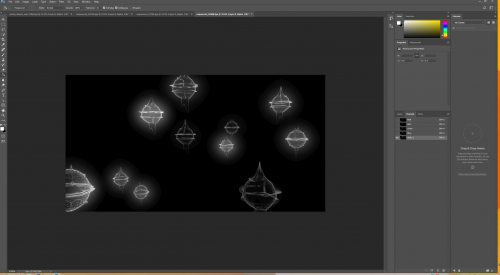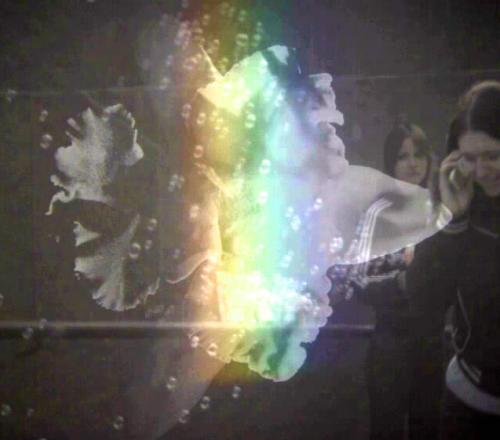The necessity of poetic relations and networks – reading the correspondence of Annemarie Schwarzenbach and Carson McCullers and drawing lines further into circles of “sapphic modernism” and its dynamic of engagement and withdrawal.
VZ: I have been reading over the letters again and there has been so much that has leapt out like a flash, especially in these beautiful assertions. One of the things we spoke about and what is so present in all of Annemarie’s letters is this incredible determination and insistence. The main thing she is annunciating to McCullers is this insistence to continue working: “Don’t forget the terrific obligation of work, be never seduced, write, and darling, take care of yourself as I will.”
What is interesting is this term obligation and its relation in an admonition also of care. What is the obligation of the work of writing? Elizabeth Povinelli has also recently been writing about obligation and about the space that it holds between the binds of choice and determination, of the fantasy of personal freedom and the construction of a socially defined self. Obligation is something not entirely chosen, it orients toward a relation; you have to act but your choice is not complete and it so produces a kind of subject that is contingent.
In terms of their intention towards each other and towards the writing, you can say they did not really choose each other but they are exercising extraordinary agency and using the site as a way to draw recourses for a likewise extraordinary agency in their efforts to write and to be subjects of writing.
SMW: So that confirms what I tried to emphasize of this being a special kind of loveletters.
VZ: That’s absolutely essential. The correspondence is one of profound affinity and charged with love and even of sexual desire, but to just configure it as loveletters could be a red herring, again because of the kind of subject it posits of women figures that are overwhelmed by emotion that then spills over to each other as a negative opposite. Whereas we see in the letters that they are moved toward each other with the powerful agency of what their worldly, political and aesthetic projects are. Would you still call their relation lovers?
SMW: Indeed that is very fluid: they were called lovers for certain regards of expressing love and sensual attraction. But in reality they were facing anything like a manifestation of that relationship (let’s say how we would describe a relationship between two women today). It was not only not materialized, one could also argue that it was impossible.
Schwarzenbach was still very attached to Erika Mann and even given the few occasions they actually really met and shared time physically together there is not much account of it. Somehow one could specify their solidarity more in the way it spread and echoed and still influences. Maybe the impossibility was incorporated by being sensible to their situation and not radically changing that part about it: Schwarzenbach married as her troubles piled up and Carson saw their relationship also as something that helped her in dealing with the disappointments in her marriage.
In terms of their solidarity, is this historical or can you see a relevance for now?
VZ: It is very relevant to the question of the resources of solidarity especially in current conditions of speculative financial arrangements of life in our postideological situation. How do we align ourselves how do we form investments of solidarity? The position of an affective work again is complicated as we know so much of what neoliberal late capitalism leverages from us is our subjugation to exploitative systems through our affective binds.
SMW: What do you mean with “affective binds” here?
VZ: Hope and aspiration are leveraged as the means to extend an investment in a system that is exploitative, in what Lauren Berlant has theorized as ‘cruel optimism’. So it’s interesting to go back to this engagement which is so charged and subjective but in which we might be seeing the contours of a linkage that enables a kind of mutual support for what is the grueling selfwork of their aesthetic projects.
There is the fantastic unpublished note of Schwarzenbach when World War II is at its height. Schwarzenbach addresses what it means to be dealing with the politics in that moment that are not the appeal to resettle the displaced of Flanders to America but the impetus to write a book about the racial conflicts of the American South.
SMW: Exactly, why did they have another perspective? Why did Philip Guston paint figuratively when everybody was in deep Abstract Expressionism? And funnily enough in so many of the women that we are aligning here you see these traces: KENWIN, Eileen Gray, Romaine Brooks. For example Schwarzenbach writes about the idea of artists’ and poets’ wages; which is sort of outrageous if you think she is from a rich family and it’s World War II. Sure you can say it’s naïve but underlying is a different grid of values that come from thinking different and living a different life – out of which a line of thought and feeling comes. In a way radical women’s collectives did this as solitary islands that linked themselves concerning education or carpet design. Or the foundations of modern architecture being for a body, whereas what Mies and Corbusier propagated was looking at a body.
A nucleus of productivity that first is not feeding into the exploitation system but claims something else even if it might be subsumed at a certain point as capitalist realism would claim. Still the aim is a different direction and that is clearly not only stated but lived.
VZ: How did you come to form this attachment to the project, what are the potentials that you become so invested in?
SMW: It was not only an emotional attachment but rather a similar disappointment in activist groups or political organizations when the efforts of solidarity and resistance failed repeatedly. In what way can we hold onto these sympathies and refuse to relinquish the transformative impulse even in the condition of impasse. It was like the wave of deep shock and helplessness when Aaron Swartz killed himself. It felt like we needed to talk and keep these stories among us share and nourish their echoes. This sounds too dramatic but in terms of empathy and attachment I see an objective necessity to look exactly what can happen from the aftermath of these frustrations.
VZ: The correspondence from Schwarzenbach is mostly written from the Congo which is of course positioned within the European conflagration. She mentions that she is publishing in the Swiss newspapers in 1940 – a time of intensive strikes in Elizabethville (Lumumbashi) first among the white workers and second among the black mine workers that was suppressed in a massacre in 1941. In this direct way she problematizes the Europeanness of World War II in its actuality and mythmaking, and provokes again the question of what solidarity is in a powerful political span.
SMW: Being in the Congo gets read so often as romantic and adventures but more pointed I think are these layers of other narratives and solidarity. There are the different colonial paths and grounds she crosses on her travels. She is limited and can not work everywhere but ends up in the marriage that facilitates her being there on a French passport, and yet it is a marriage that – as she writes to McCullers – she wanted to break with.
VZ: It resituates the geographies of these worldmaking narratives and there are these incredible symmetries in the micropolitical trajectories of the two. They meet in New York which is somehow sheltered from what is going on in Europe and then they depart into – not retreats or isolations necessarily – but trajectories away from a center. Carson leaves New York – where her publisher send her to rub shoulders and become a famous writer – and moves back to Georgia in order to write her second book. Schwarzenbach undertakes travel through the Congo over two years. So there is the way where they both mirror worldly exposure but also an isolation.
SMW: One of the first reasons for Schwarzenbach to travel to the States in 1937 was to work in the South for example in Knoxville and especially with the unions. Witnessing the depression and segregation in the South, she travelled with a photographer and focused in her reporting on of details like prison conditions and a screening of “Damaged Lives” (a 1933 film of moral propaganda). Maybe the work is comparable to Walker Evans or Dorothea Lange but modest and dry. The subjects of these photographs are never exoticising or distancing in their depiction. They are very common and honest in a way. Each figure in her work requires acknowledgement and identification from the viewer.
Yet Schwarzenbach made her own life impossible following the broader political grounds she pursued; her family cut her off financially in reaction to her socialist work in the United States. Following this Schwarzenbach fell into a bout of depression and was institutionalized in 1941. The fact of Schwarzenbach’s meeting with McCullers occurring within this second tour to Knoxville bears on the correspondence as witness to more than a love story. There is another radar apart from romance.
VZ: They are both dealing with this enormous struggle of being in the world and what it means for the sensory apparatus to be switched on within the prevailing conditions violence. Their means is of being writers: the string of words between them forges connections and the binds of solidarity permitting the possibility of transmission. Schwarzenbach actually works in media – quite literally she works in radio and the newspaper. Her business is to emit messages which she turns to purposes that may be transformative and rebellious.
SWM: A grid of solidarity can enable us to navigate through these fragments, now looking back and to talk through their narratives. That seems very helpful to carve out the letters’ retelling in the context of the other works in the exhibition – its necessity and its actuality.
This conversation between curator Vivian Ziherl and artist Susanne M. Winterling was held in May 2014 in response to the fragmented correspondence between Annemarie Schwarzenbach and Carson McCullers in the years from 1940–1942. The letters reveal the complexity of two artist identities not denying but actually emphasizing the fragmentation and subjective positioning of themselves in a scattered reality. In a manner as dedicated as the friendship, the show Complicity at Kunstverein in Amsterdam (May, 21–July, 4 2014) put together by Vivian and Susanne gathered materials by figures (Romaine Brooks, Eileen Gray, Carson McCullers, Annemarie Schwarzenbach) who may or may not have met in their lives. It radiated with the letters as its core to a network of related protagonists with an affinity of poetic and political habitus.
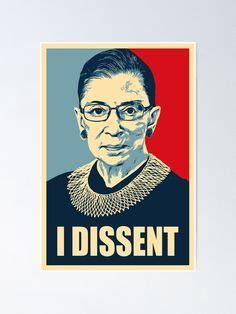
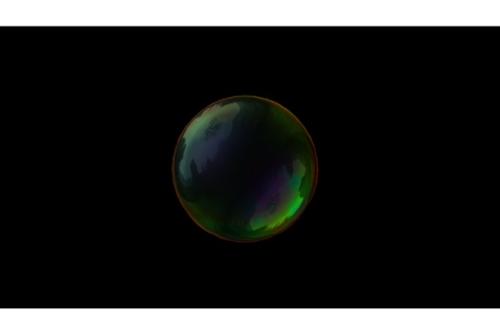



![Blackwash [working title]](/sites/default/files/styles/medium/public/56fe8ebf-7f16-4486-a251-6d85b1e906c3_4_5005_c.jpeg?itok=rIFeYRMo)
